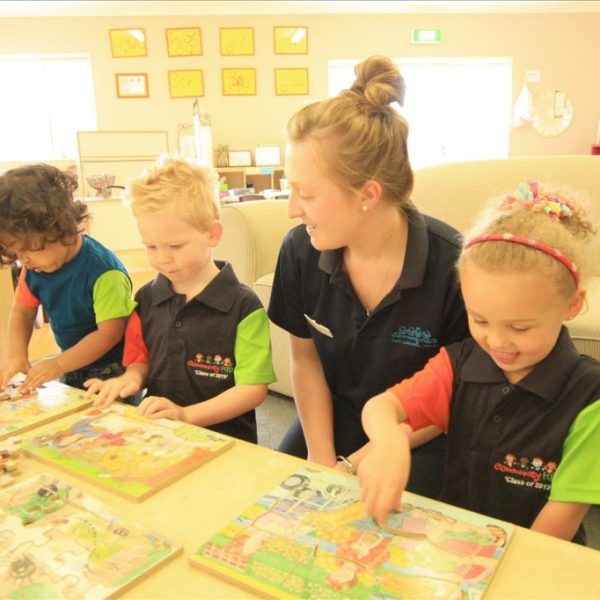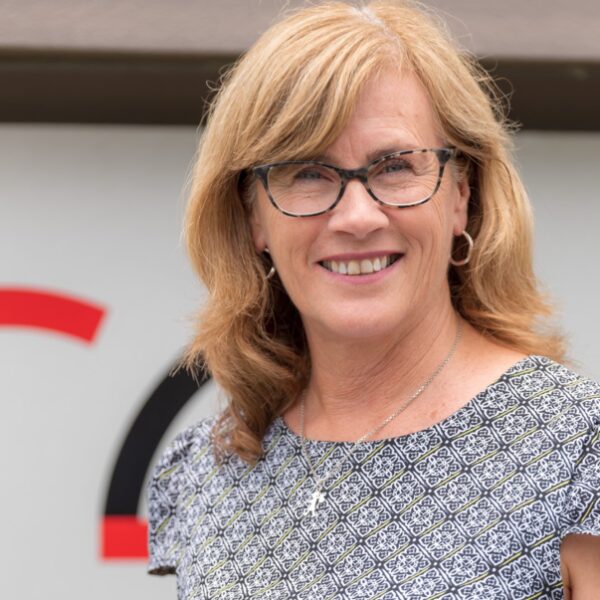G8 reports solid occupancy gains in start to 2019

G8 Education Limited, in its 2018 results presentation released this morning, has confirmed that the strong occupancy momentum highlighted at the Group’s November 2018 trading update has continued into 2019 with year-to-date occupancy tracking around 2 per cent higher than the same period last year.
This improvement in year-on-year occupancy marks the first such increase since 2015 and reflects a stabilisation in sector fundamentals as well as the initial indications that large investments into the business over the course of the last two years are starting to yield results.
Gary Carroll, Managing Director, noted “While it is clearly still early days, it is encouraging to see this positive trend in occupancy continuing into the 2019 calendar year.”
A strong start to 2019 offsets weaker 2018 performance
Despite a robust start to the year, business performance – as measured by occupancy, profitability and returns – was overall weaker in 2018 than that recorded in 2017.
This was driven largely by challenging market conditions impacting enrolment performance and ongoing investment into the underlying business.
Of particular note was an $8.1 million increase in support office costs – rising from $23.5 million in 2017 to $31.6 million in 2018 – as the company continued to invest heavily in its people, systems and processes in order to build a solid business foundation to ensure success in achieving its strategic objectives.
Commenting on the increase, Mr Carroll said “As outlined at our inaugural Investor Day in November 2018, a key focus during the period was strengthening the foundations of the business to ensure we have the right people, systems and infrastructure in place to leverage our scale advantage and position ourselves as the highest quality operator with a truly differentiated service offering.”
Strategic initiatives progressing to plan
The Group’s four strategic pillars of building a great team, strengthening the foundation, creating sustainable differentiation, and continuing profitable growth continued to see progress in the year as executed initiatives began to yield results, and investment in future initiatives took place.
From a team perspective, 2019 will see the next phase of the Group’s Early Childhood Teacher (ECT) attraction and retention program roll out after successfully implementing a base pay increase for all ECT’s in Q4 2018, and also the extension of its current leadership development program to area and centre managers across the network.
With regards to strengthening the foundation, additional colour was provided on the timetable of the Group’s new curriculum roll out which will be facilitated by the newly appointed Head of Early Learning and Education, Julie Madgwick.
Furthermore the Group’s new best practice framework is scheduled to be rolled out by Q3 2019 and a further 100 centres will be refreshed and refurbished as part of the “Refresh” program.
“The Group remains focused on driving initiatives aimed at improving quality that will positively impact occupancy and long‐term growth, whilst also delivering superior outcomes for our families,” said Mr Carroll.
Sector fundamentals continue to stabilise
Consistent with both Charter Hall Education Trust and Arena REIT, G8 has confirmed indications of new centre supply stabilising, and evidence of ongoing demand stimulation created by the new Child Care Subsidy legislation introduced in July 2018.
Citing ACECQA data, the Group highlighted a moderation in centre openings in 2018 and a reduction in the number of new development applications in place as tracked by Cordell Connect.
Greenfield sites performing in line with new centres to open in 2019
The Group continued to roll out new greenfield sites with a total of 16 centres opened in 2018 which performed in line with expectations post opening.
Eight centres were closed in 2018 and a further four centres are planned for closure at lease expiry in early 2019.
The overall size of the Group’s network was 502 centres in Australia and 17 in Singapore as at 31 December 2018. 17 new greenfield sites are scheduled to open in 2019.
Group profitability impacted by cost increases
The Group’s total revenues for the period increased by 7.7 per cent to $858.2 million as new centres and fee increases mitigated a weaker core portfolio occupancy performance.
Group costs rose 12.4 per cent driven by a 13.7 per cent increase in personnel costs and contributed to a fall in underlying EBIT of 12.7 per cent to $136.3 million.
Group margins were in turn impacted negatively down from 19.6 per cent in 2017 to 15.9 per cent in 2018.
Underlying net profits fell to $79.4 million, a fall of 14.5 per cent despite a material fall in financing costs and lower tax payable. Underlying earnings per share fell 19.5 per cent to 17 cents.
Excluding the impact of new centres opened in the period, revenues rose 2.3 per cent and total centre EBIT fell 15.8 per cent.
The fall in underlying EBIT impacted return metrics negatively with underlying return on capital employed (ROCE) falling from 14.2 per cent in 2017 to 11.1 per cent in 2018. This dip in ROCE is expected to be transitory as returns on investment on capital expended start to come through to the business.
Going forward the Group disclosed the cessation of annual license fee revenues of $4 million due to the mutually agreed termination of the broker exclusivity agreement. The arrangement had been disclosed in last years annual report and was targeted to cease at the end of 2018.
The shortfall is expected to be made up by savings generated from more efficient wage and roster management in 2019.
Goodwill steady as cost of capital falls
A closing balance of $1,131 million was recorded as goodwill at the end of the period. This is up from $1,087 million as at 31 December 2017. The increase in goodwill is largely attributable to 16 new centres being opened by the Group in the period.
A 1 per cent fall in the cost of capital used to conduct the annual impairment tests of goodwill was disclosed with the reduction reflecting the fall in the Groups costs of debt post the debt refinancing and the amendment to the Group’s dividend policy.
The 2018 impairment test was conducted based on value-in-use calculations designed to capture the capacity of the whole business to generate future cash flows and is based on a forecast EBITDA calculated using sector standard assumptions.
Balance sheet well positioned to sustain investment and growth
The period saw the Group successfully secure a new $400 million syndicated debt facility and a new $100 million subordinated debt facility, which will be used to refinance the S$270 million of Singaporean notes due in 2019 and the existing $200 million Club Bank facility.
Overall balance sheet flexibility is relatively secure with around $100 million of available facilities and cash at peak debt combined with reduced development pipeline outflows and anticipated earnings improvements as returns on investment build.
Commenting on the financing and overall capital position of the Group, Mr Carroll noted it has provided the Group with “the flexibility and capacity to invest in its network growth while maintaining balance sheet strength”.
The Board has declared a second half dividend of 8.0 cents per share, payable in April 2019.
A conference call was held yesterday for investors of which a recording will be available on the company website.
G8 will update the market next at its annual general meeting to be held in April 2019.
Materials referenced in this article may be accessed here.
Popular

Practice
Provider
Quality
Research
Workforce
New activity booklet supports everyday conversations to keep children safe
2025-07-10 09:00:16
by Fiona Alston

Quality
Practice
Provider
Research
Workforce
Honouring the quiet magic of early childhood
2025-07-11 09:15:00
by Fiona Alston

Quality
Practice
Provider
Workforce
Reclaiming Joy: Why connection, curiosity and care still matter in early childhood education
2025-07-09 10:00:07
by Fiona Alston












